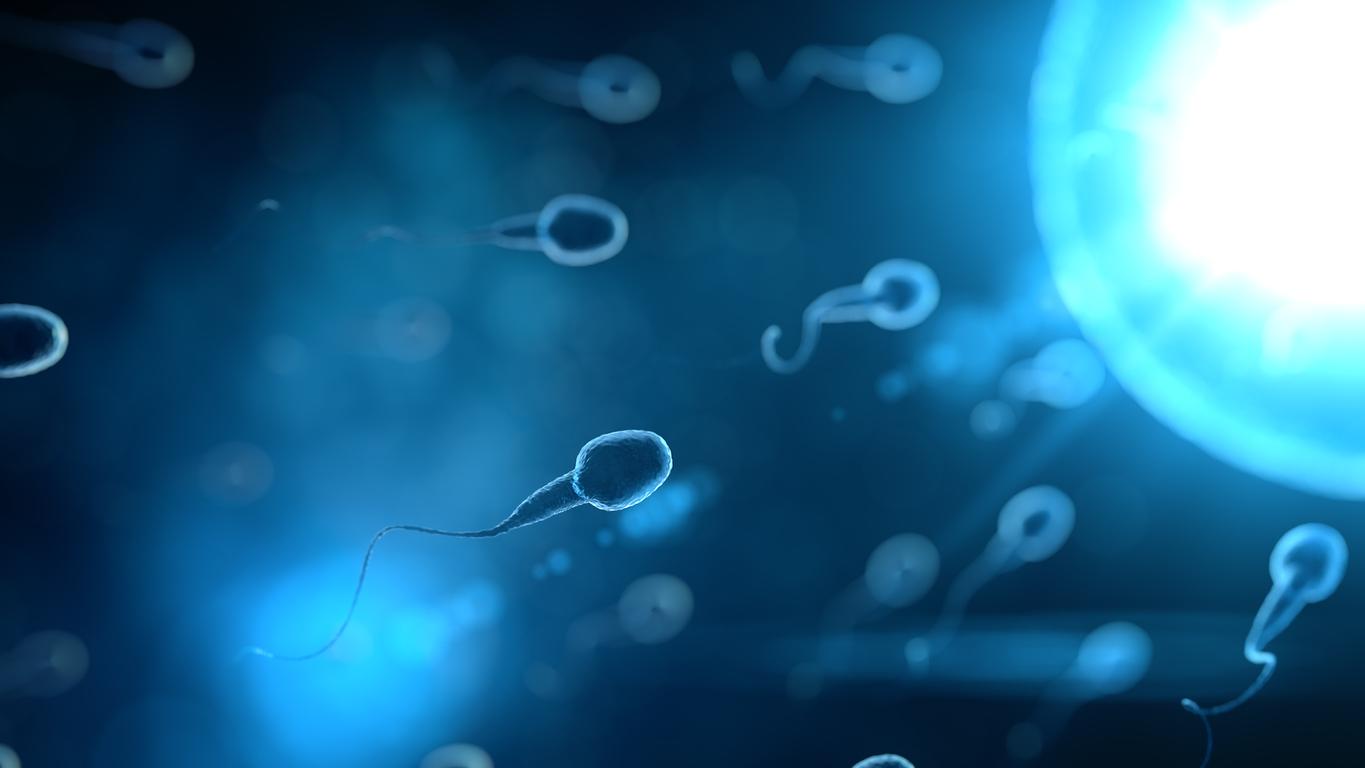Cuddles become a real medicine for babies and older children, fighting against the deleterious effects of stress.
-1516385554.jpg)
Hugs are good for the health of adults and children and even toddlers. The world day dedicated to this gesture of affection is a good occasion to remember it.
In neonatal departments, the hug becomes a real treatment. The small “shrimps” placed in incubator for long weeks could benefit from it very early from childbirth.
Skin to skin
And this hug has a special name: skin-to-skin, also known as the “kangaroo method”. As the name suggests, this hug involves wearing the newborn baby on the mother or father’s chest, right on their skin. Scientists have evaluated the real benefits of this warm contact. In a study published in the journal Pediatrics, they showed that premature infants who received “skin-to-skin” treatment were twice as likely to reach their 20th birthday as those who received only standard care. In addition, in adulthood, they were less aggressive, impulsive, hyperactive or stressed than their peers; they also had a larger brain volume than the others, a sign of good brain development.
In fact, cuddle therapy, a very recent and very fashionable phenomenon, is not only based on the intuition that receiving affection from others has a positive impact on mental and physical health. It is a scientifically established fact.
Rat friendship
A study published in the journal Neuropsychopharmacology shows that male friendships and the manifestations thereof (generosity, affection, etc.) make it possible to fight against stress and counter its physiological effects.
The experiment was carried out on two male rodents exposed to moderate stress, isolated and locked up for several hours. Once reunited, after having undergone this distressing situation, the two friends tended to socialize strongly, to share their meal and to show gestures of affection comparable to hugs.
Their oxytocin levels were noted during the experiment. This chemical compound, commonly known as the “pleasure hormone”, is associated with many social behaviors such as empathy and social recognition. When the rats got together after they were detained, its rate increased. A virtuous circle seemed to set in: social interactions lowered their stress levels, which, in turn, favored social interactions.
Hugs Against Trauma
If in the literature, the effectiveness of the hug in the treatment of stress remains poorly documented, in the field, this gentle method seems to prove its worth, in particular thanks to the animals that many humans like to cuddle. They also work with hyperactive children, patients and the elderly, whose health they improve with taste buds, caresses and big hugs.
.














